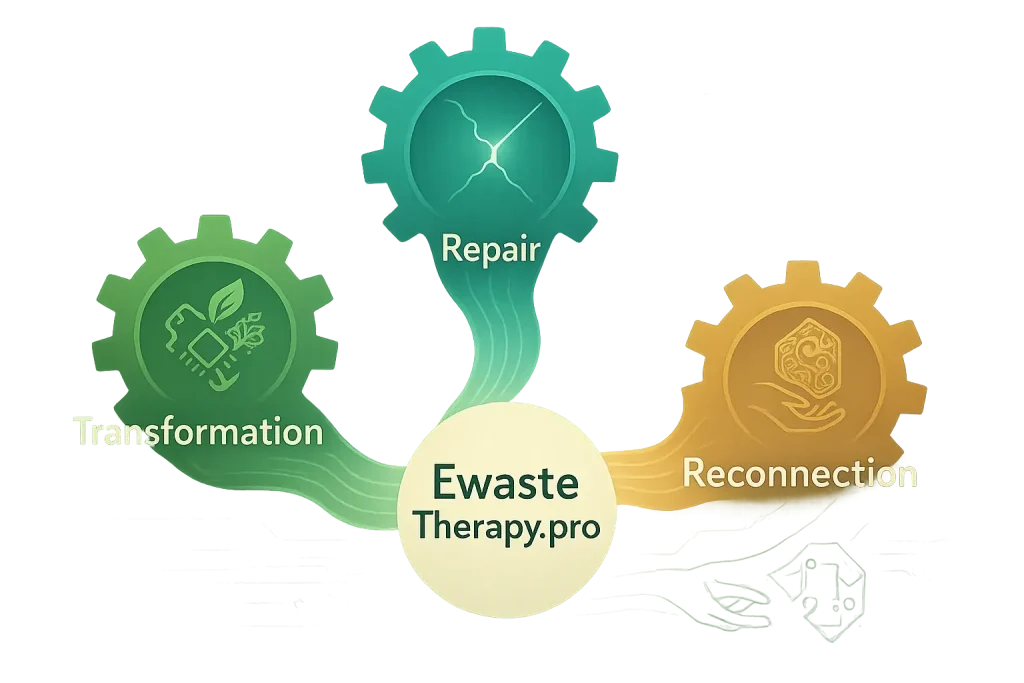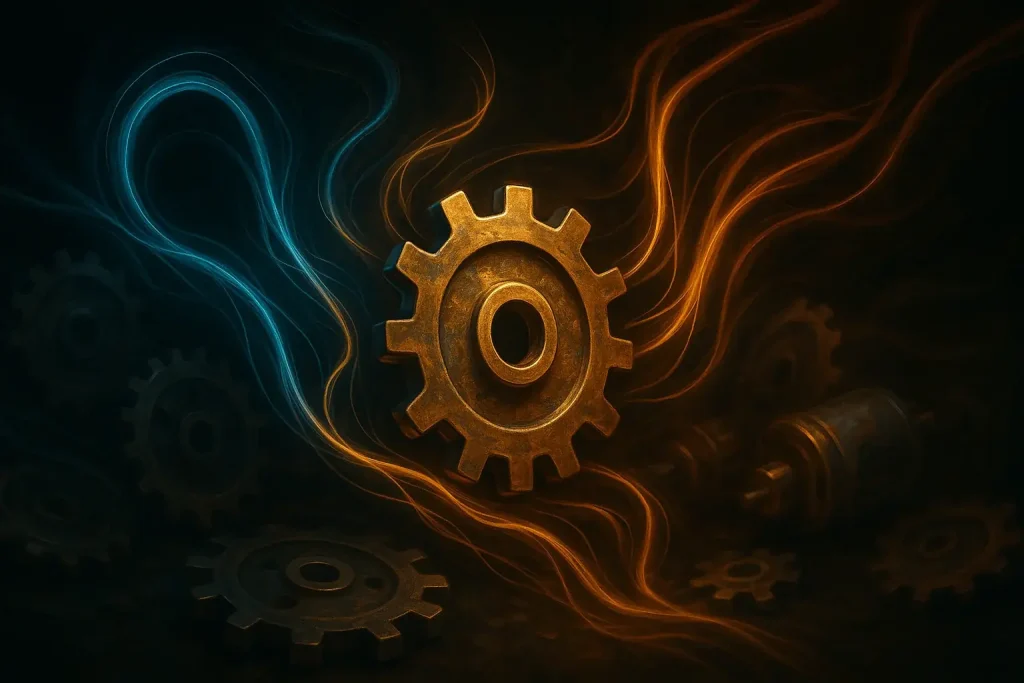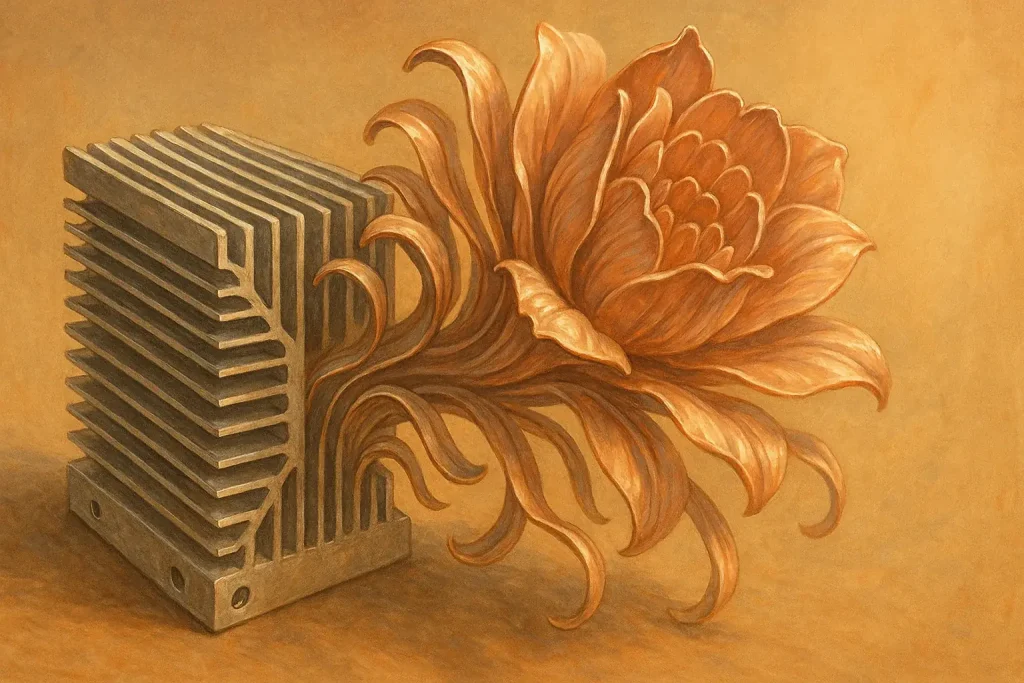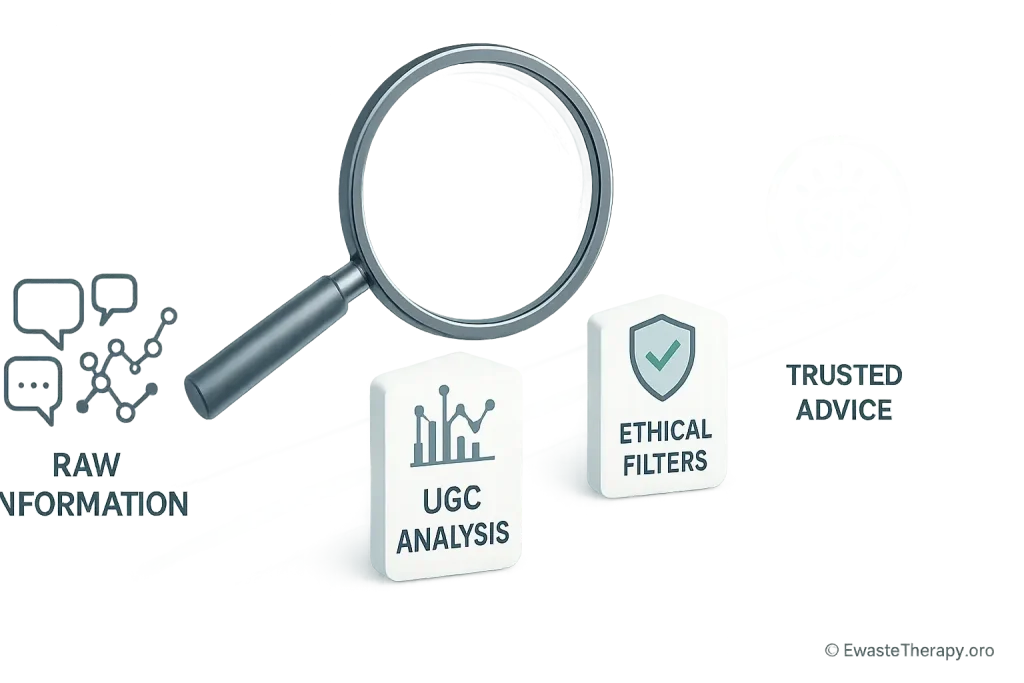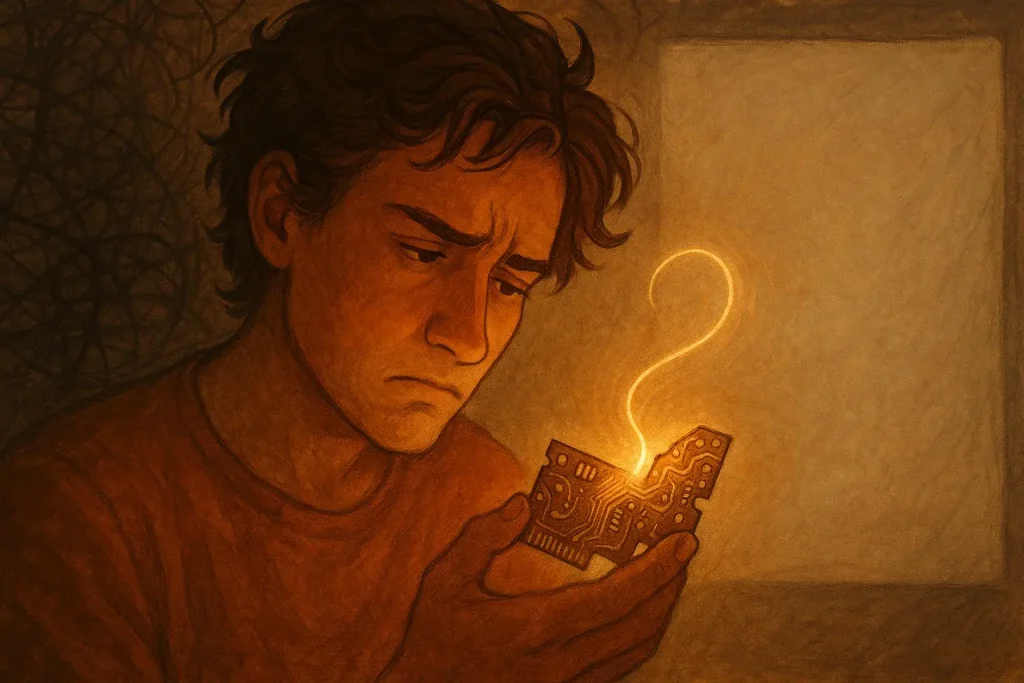Beyond the Plug: Unpacking the Hidden Language of E-Waste Connectors & Ports
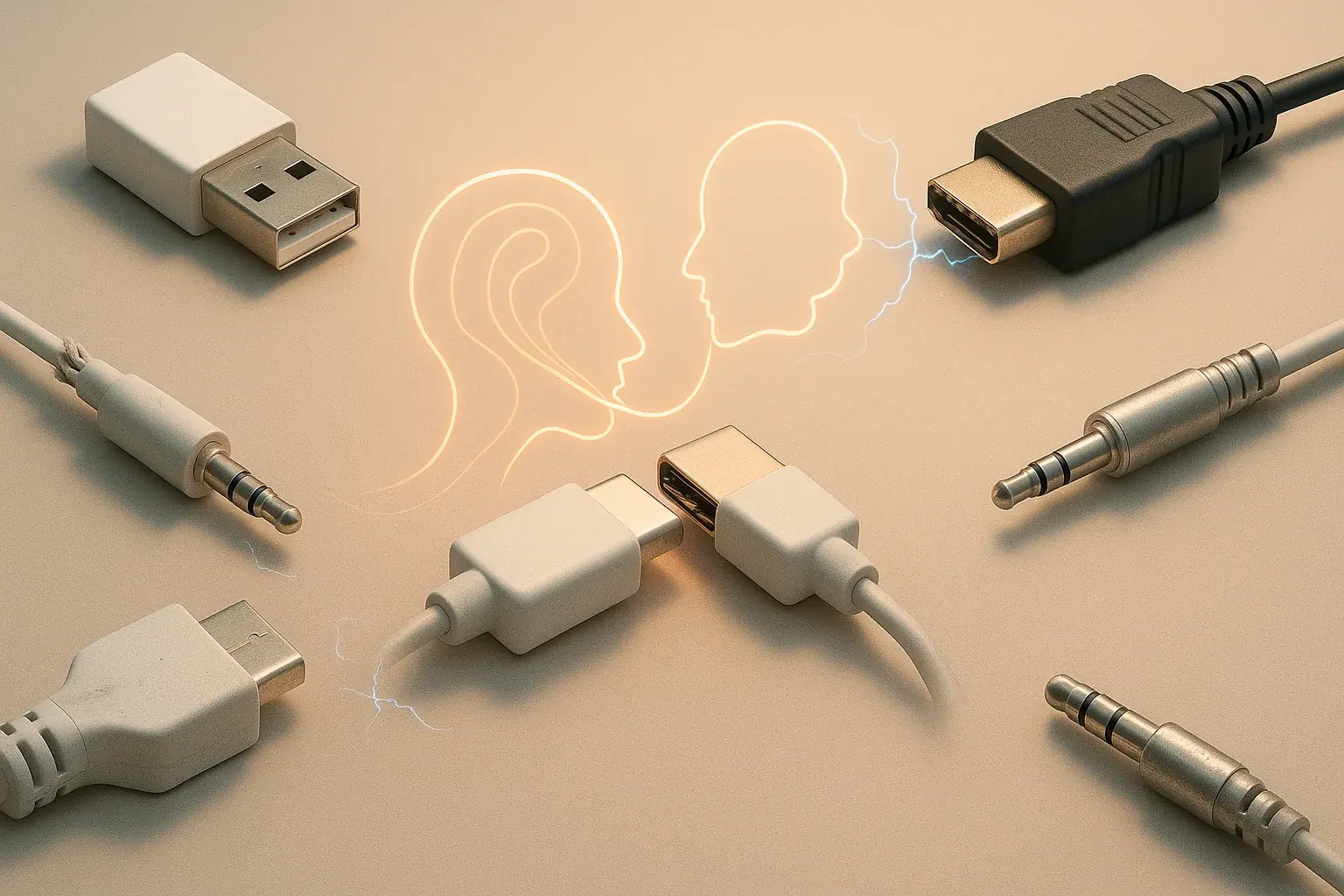
What do old cables truly represent beyond their function? Mere plastic and metal? Our user experience data suggests a deeper narrative. These e-waste connectors and ports, seemingly mundane, harbor rich symbolic potential in therapeutic art. Their primary purpose—to link, to transmit—powerfully mirrors the intricate dynamics of human connection.
Connectors are built for seamless interaction. The unspoken truth? Their very architecture also implies disconnection. Users frequently report the frustration of mismatched ports or faulty connections in their e-waste art projects. This experience, our findings show, often surfaces surprisingly similar feelings to those found in challenging personal relationships or communication breakdowns.
We invite you to explore this further. Examining these physical components offers profound insights. You can understand your own 'interface' with the world and others more clearly. EwasteTherapy.pro helps decode these hidden meanings, transforming discarded tech into tools for self-reflection. A unique therapeutic journey begins here.
The Power of Connection: Interfaces as Metaphors for Relationships
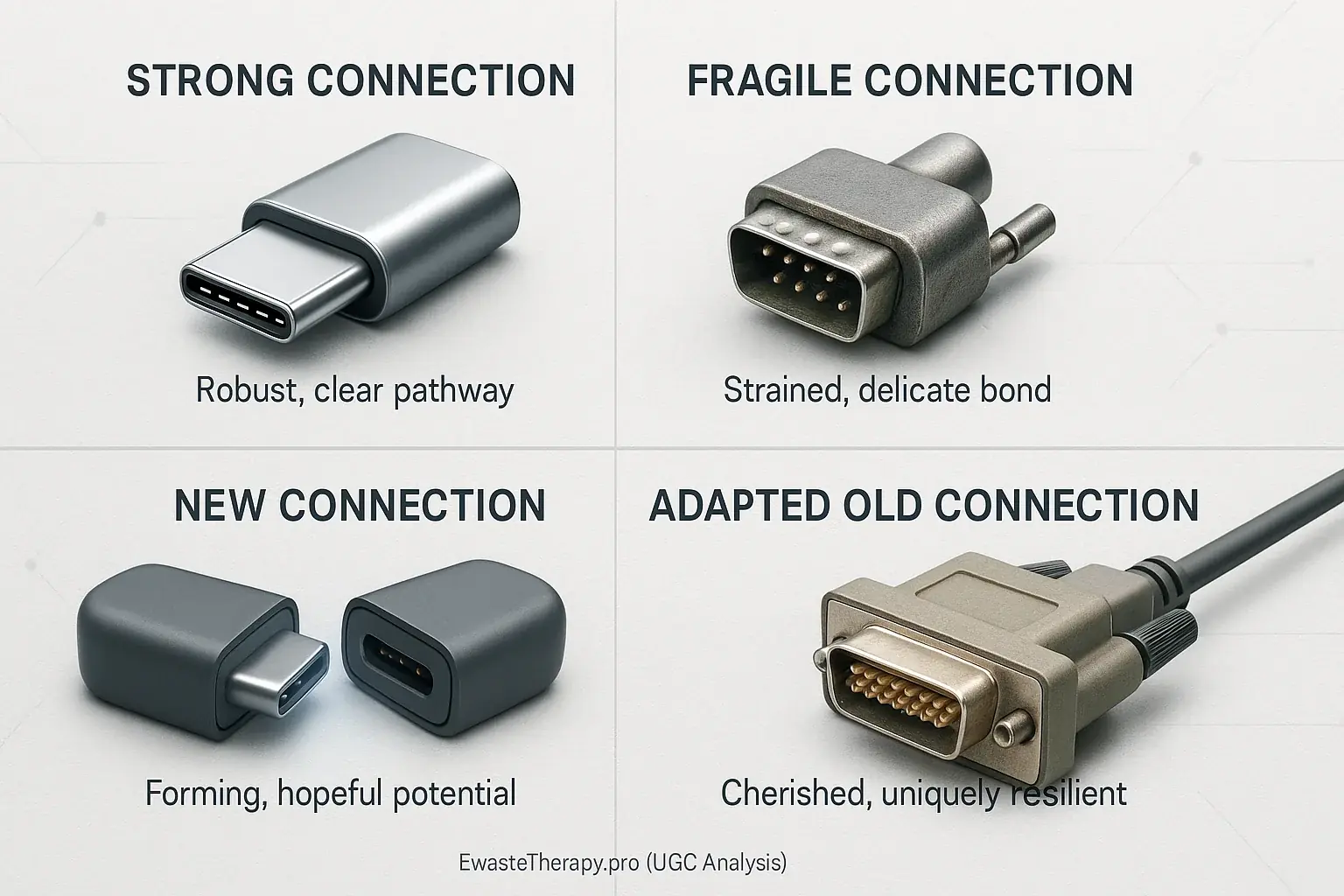
Connectors fundamentally create bonds. This mirrors the human desire for connection. Imagine that satisfying click. A new peripheral engages seamlessly. Users frequently link this sensation to the quiet joy of a new relationship forming, a sense of rightness.
Our personal 'interfaces' determine how we interact with the world. Some are open, inviting easy access. Others are guarded, selective, requiring specific approaches. Our research with e-waste art therapy participants reveals a common reflection: certain interpersonal connections feel instantly compatible, while others feel forced, much like trying to fit mismatched electronic plugs.
The physical condition of an e-waste connector can symbolize a relationship's health. Pristine, straight pins suggest a robust, clear pathway for interaction. Conversely, bent pins or corroded contacts often represent a strained or fragile bond. This tangible metaphor helps many visualize the state of their own connections.
Sometimes, the most meaningful connections are not the 'standard' ones. Our collective user experiences show that, like finding a rare adapter for a cherished old device, we might need to creatively adapt or even build unconventional bridges in our relationships. These unique solutions often foster the most profound and resilient bonds.
Access Denied? Exploring Blockages & Openings in E-Waste Art Symbolism
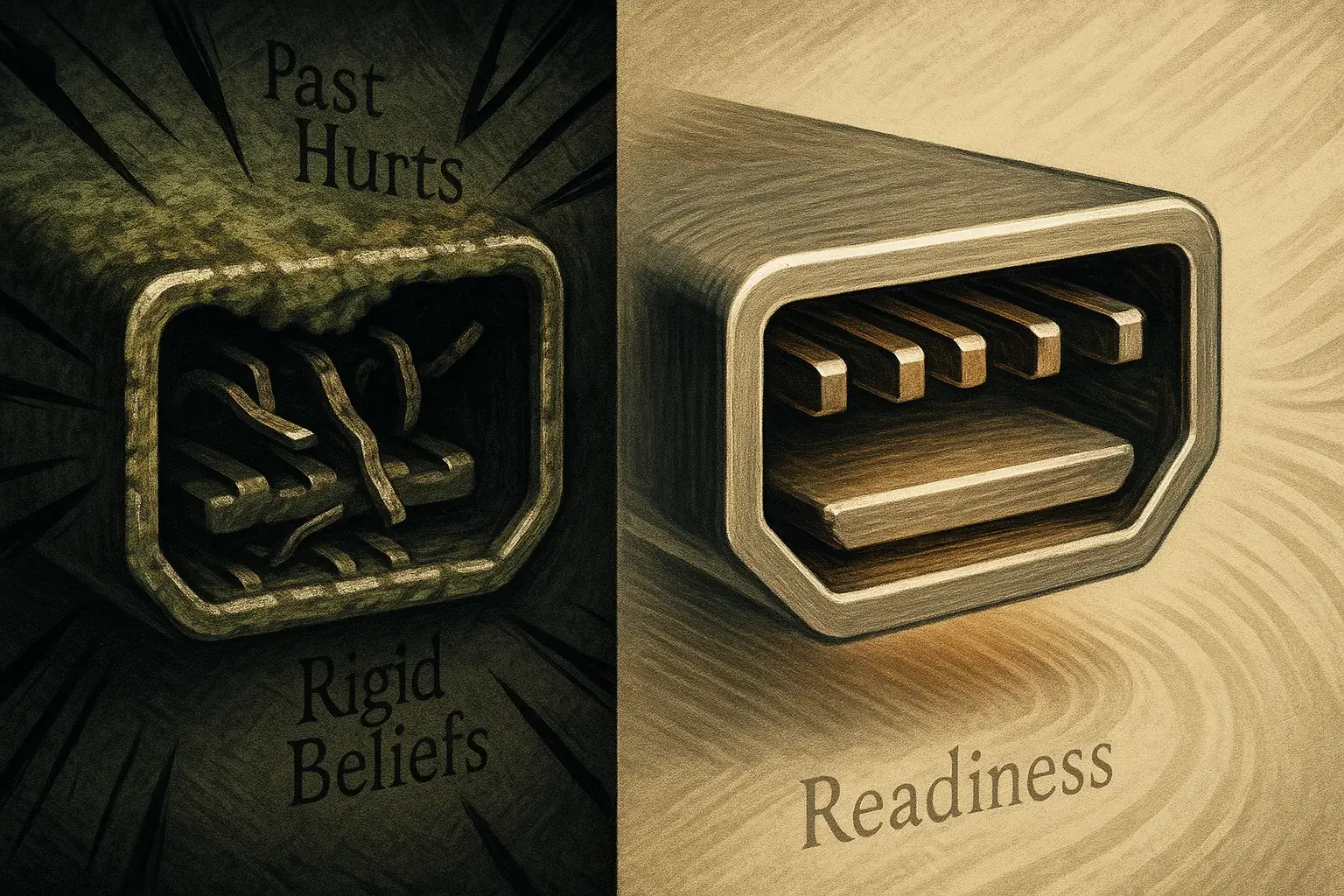
A non-functional port often triggers immense frustration. Many individuals working with e-waste in therapeutic art recognize this feeling. It powerfully mirrors being blocked in life. You cannot access something essential. Or someone. Users frequently describe this as hitting an invisible wall, especially when communication falters and connection feels just out of reach.
What causes these frustrating tech blockages? Corrosion silently degrades connections. Pins bend under unseen pressure. Sometimes, different technological standards simply refuse to communicate. EwasteTherapy.pro's research, drawing from countless user experiences with broken devices, highlights how these physical issues vividly symbolize emotional barriers. Past hurts can act like that creeping corrosion. Rigid beliefs become those bent, unyielding pins, distorting attempts at genuine connection and effectively preventing meaningful engagement.
Then, consider the open port. Its presence often signifies a profound internal shift. An open, functioning port symbolizes readiness. It speaks clearly of receptivity. This state reflects a conscious willingness to engage, to form new connections. Many who experience this describe it as a deliberate choice: a decision to lower defenses and invite interaction.
Here is a practical insight many discover through their e-waste art explorations. The perceived blockage is not always external. Sometimes, the core issue is an internal 'wrong adapter.' This might be a self-limiting mindset. Or an unhelpful, ingrained expectation. This internal mismatch prevents connection, much like incompatible hardware. Recognizing this personal 'incompatibility' is the vital first step toward finding the right 'port' for authentic connection.
The Flow of Energy: Giving & Receiving Metaphors in E-Waste Art
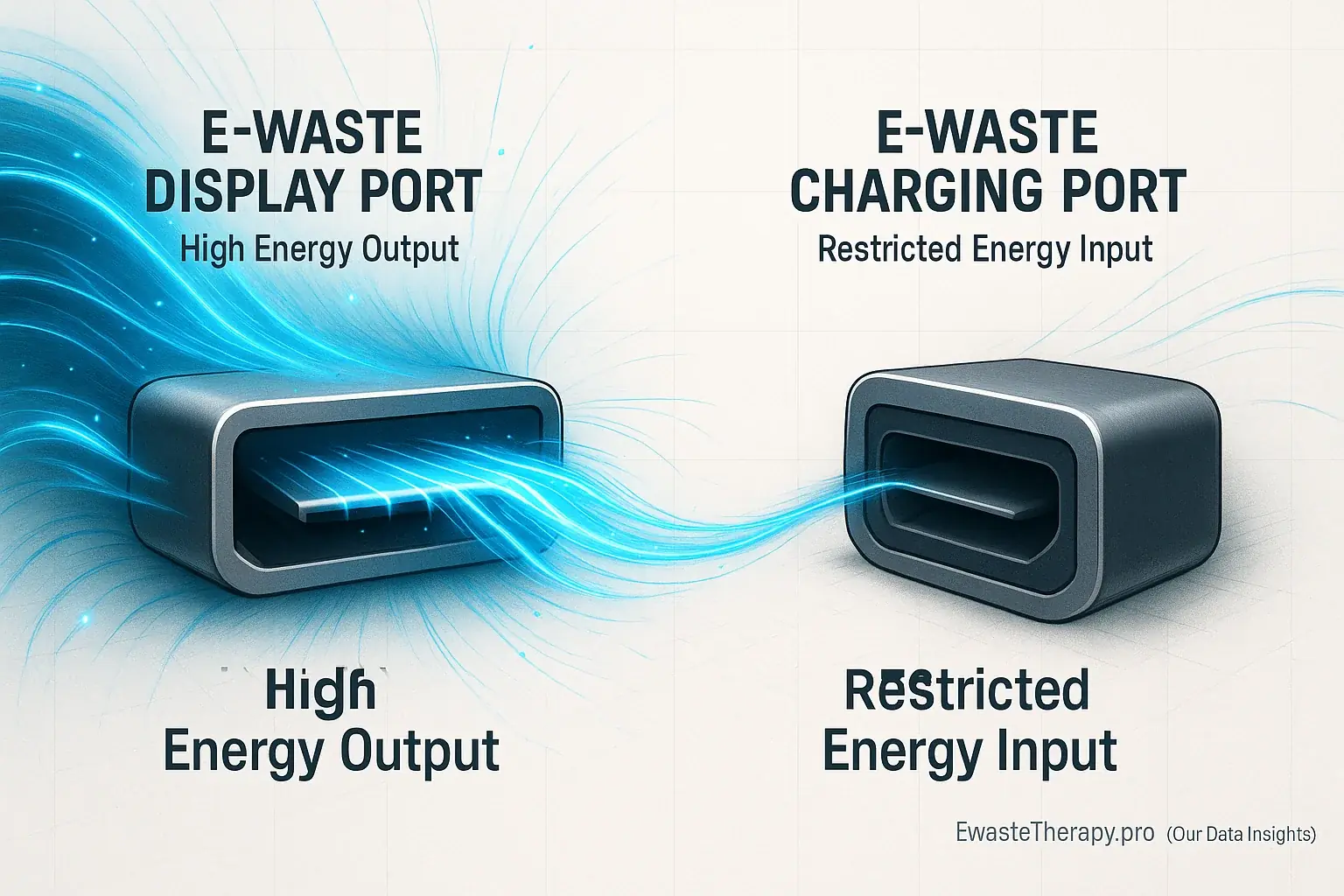
E-waste components often illustrate distinct input or output functions. These functions directly mirror how individuals give and receive within their relationships. Some ports are designed purely for output. A display port is one example. Other ports are solely for input, like many charging ports. These specialized roles can reflect the varied, sometimes fixed, dynamics people adopt.
Imbalance becomes tangible here. Consider a port only giving. A power supply constantly outputs energy. Or, a battery might only receive charge, never giving back. Our findings from user experiences in e-waste art therapy show individuals often feel drained. This feeling frequently connects to unbalanced giving in their lives. Overwhelm, too, can result from excessive, unreciprocated input from others.
Compatibility in giving and receiving is absolutely crucial. Do your relational 'ports' truly align with those of others? Misaligned 'ports' often cause deep frustration. This experience is much like trying to connect incompatible electronic cables. We sometimes try to give in ways others cannot effectively receive. Conversely, others might offer what we cannot meaningfully integrate.
This leads to a practical realization. True energetic flow in relationships is not just about equal 'amounts' of giving and receiving. It deeply involves compatible types of exchange. A charging port cannot output complex data. It can, however, provide vital, life-sustaining power. Understanding this distinction between quantity and type of exchange helps clarify relational needs and expectations. It can be a profound shift.
From Circuits to Self: Applying Connector & Port Symbolism in Your Art Therapy
You can transform these symbolic insights into practice. Your e-waste art therapy benefits when you actively choose connectors reflecting your current relationships. Consider your feelings about a specific connection. A sturdy USB port might represent a stable bond; a frayed wire could signify a strained one. Choose intentionally.
Our users find 'Relationship Maps' particularly insightful for visualizing connections, using various wires and connectors on a board to represent people. Ports can show connection points or their absence; this visualization powerfully externalizes internal states. A 'Communication Sculpture' might use tangled cables to depict misunderstandings or clear pathways for open dialogue. These projects make emotions tangible.
The creation process itself offers healing. Physically joining e-waste parts mirrors forming or mending emotional ties. Struggling with a stubborn port can symbolize relational challenges, offering a safe space to process frustration. Many report unexpected clarity. It comes from this hands-on work.
Sometimes, the most potent therapeutic moments arise from connections that simply will not fit. This is not failure; it is data. Our analysis of user experiences shows profound growth when one accepts this 'incompatibility' in their art. This acceptance often mirrors a necessary emotional step in real-life relationships, fostering peace. Art reflects life, and life informs art.
Your Relational 'Ports': A Journey of Connection & Self-Discovery
E-waste connectors provide a tangible lens. They illuminate complex relational dynamics, offering genuine clarity. Each port, users discover, tells a unique story of interaction. These narratives explore your patterns of connection, access, giving, and receiving.
Continue your journey with e-waste art. EwasteTherapy.pro sees this path fostering ongoing self-discovery and personal growth. Even forgotten objects offer deep lessons for your relational landscape. Insights await.
